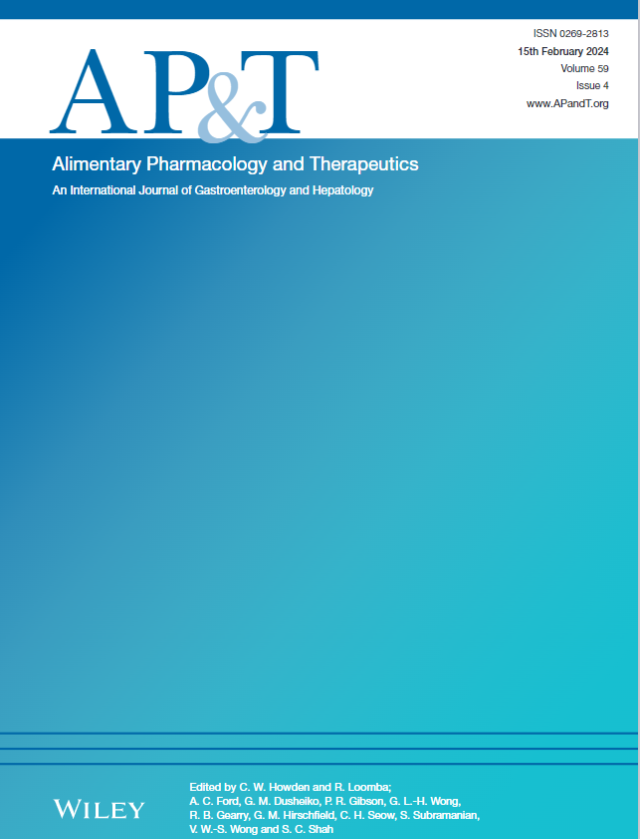Late Diagnosis of Chronic Hepatitis B in the United States: A Population-Based, Retrospective Cohort Study From 2007 to 2021
Abstract
Background
Underdiagnosis of chronic hepatitis B (CHB) remains a major problem in the United States (USA), with > 80% of CHB patients remaining undiagnosed.
Aims
To determine the prevalence of late diagnosis of CHB and resultant liver complications.
Methods
This retrospective analysis of the Truven MarketScan database (1/2007–12/2021) included more than 250 million privately insured persons. The index date was the date of the first liver complication (cirrhosis, hepatocellular carcinoma [HCC], or liver transplant). Late diagnosis was defined as the diagnosis of CHB 2 years prior to or after the index date. Adults aged ≥ 18 years with a diagnosis of CHB and ≥ 12 months of insurance coverage prior to the index date were included. Exclusion criteria included > 90 days break of insurance coverage within 12 months before the index date and receipt of nonliver transplant within 5 years of the index date.
Results
2608 persons met inclusion criteria with a mean age of 54.8 years and 70.3% were male. 1999 (76.6%) had a late diagnosis of CHB, of whom 889 (44.5%) were diagnosed at or within 6 months of the index complication, and 1510 (75.5%) did not have a documented visit with a provider to the index date. Late diagnosis rate remained stable between 2009 (73.8%) and 2017 (74.2%, p-trend = 0.937). In the late diagnosis group, complications included cirrhosis (n = 1820, 91.0%), decompensated cirrhosis (n = 1630, 81.5%), HCC (n = 615, 30.8%) and liver transplant (n = 288, 14.4%).
Conclusion
Approximately three-fourths of patients diagnosed with CHB in the USA had a late diagnosis. Increased screening efforts must be made to prevent poor clinical outcomes.


 求助内容:
求助内容: 应助结果提醒方式:
应助结果提醒方式:


